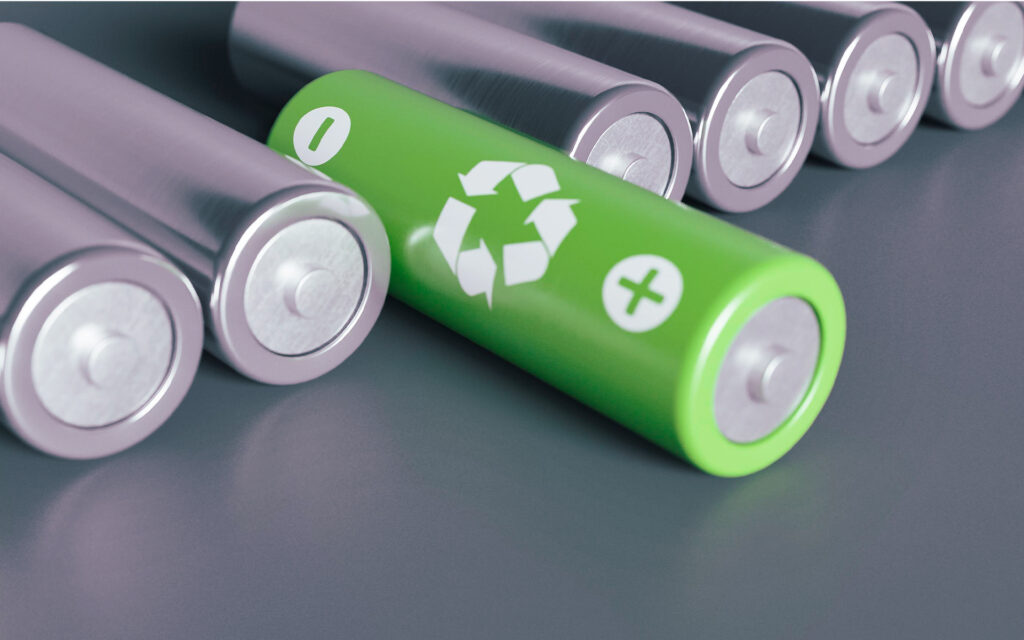Trees are essential components of our environment, providing us with oxygen, removing carbon dioxide from the atmosphere, and offering a home to countless species of animals. However, there is more to trees than meets the eye. Recent research has uncovered a new, sustainable use for trees as batteries, and this innovation could have a significant impact on the renewable energy sector.
Scientists have discovered that lignin, a material found in trees, could be used to create sustainable batteries. The lignin is separated from the wood during the production of cellulose fibers from its pulp. It is then refined into a lightweight carbon powder, which is used to create electrode sheets. These sheets are combined with other battery components to replace the traditional graphite found in lithium-ion batteries, which is formed through a chemical reaction using non-renewable carbon compounds.

Pioneering work
One company leading the way in this technology is Stora Enso. They are a large paper producer whose demand has decreased in recent years due to the digital era. In Finland, the company has invested 10 million euros to create a plant for the production of batteries from trees’ lignin, a material deposited in the cell walls of plants to make their structure firm and woody and prevent them from rotting.
Lignin-based batteries offer several benefits, including scalability, sustainability, and renewability. The resource required to make these batteries, trees, is widely available, making it possible to produce them in large quantities for commercial use. Manufacturers are also committed to sourcing their materials from sustainability-certified forests and using forests responsibly. Lignin is a by-product so there won’t be more trees chopped up to produce it. Furthermore, the use of natural resources could reduce our dependence on traditional lithium-ion batteries manufactured in China. There, weak environmental standards, low production costs and labour exploitation don’t make them sustainable.
Another advantage of batteries from trees is that they can charge at a faster rate than the fossil-fuel-powered market leader. Stora Enso pledges that its car batteries will be able to charge in as little as 8 minutes by 2025. There are several potential applications for these batteries, including the automotive industry, where they could power electric vehicles, renewable energy storage, where they could store excess energy generated from solar or wind power, and portable electronic devices such as smartphones, tablets, and laptops.

Conclusions
However, there are some challenges associated with this technology. It is important to ensure that lignin is extracted as a by-product and not as a reason to chop down more trees. Nonetheless, the development of lignin-based batteries is a promising innovation that has the potential to revolutionize the way we store and use energy. Harnessing the natural energy of trees could provide a significant contribution to the development of renewable energy sources and a sustainable future.
In conclusion, trees are not only essential to our planet’s health, but they could also be the key to a greener future.
You might be interested in reading: Trees of light





